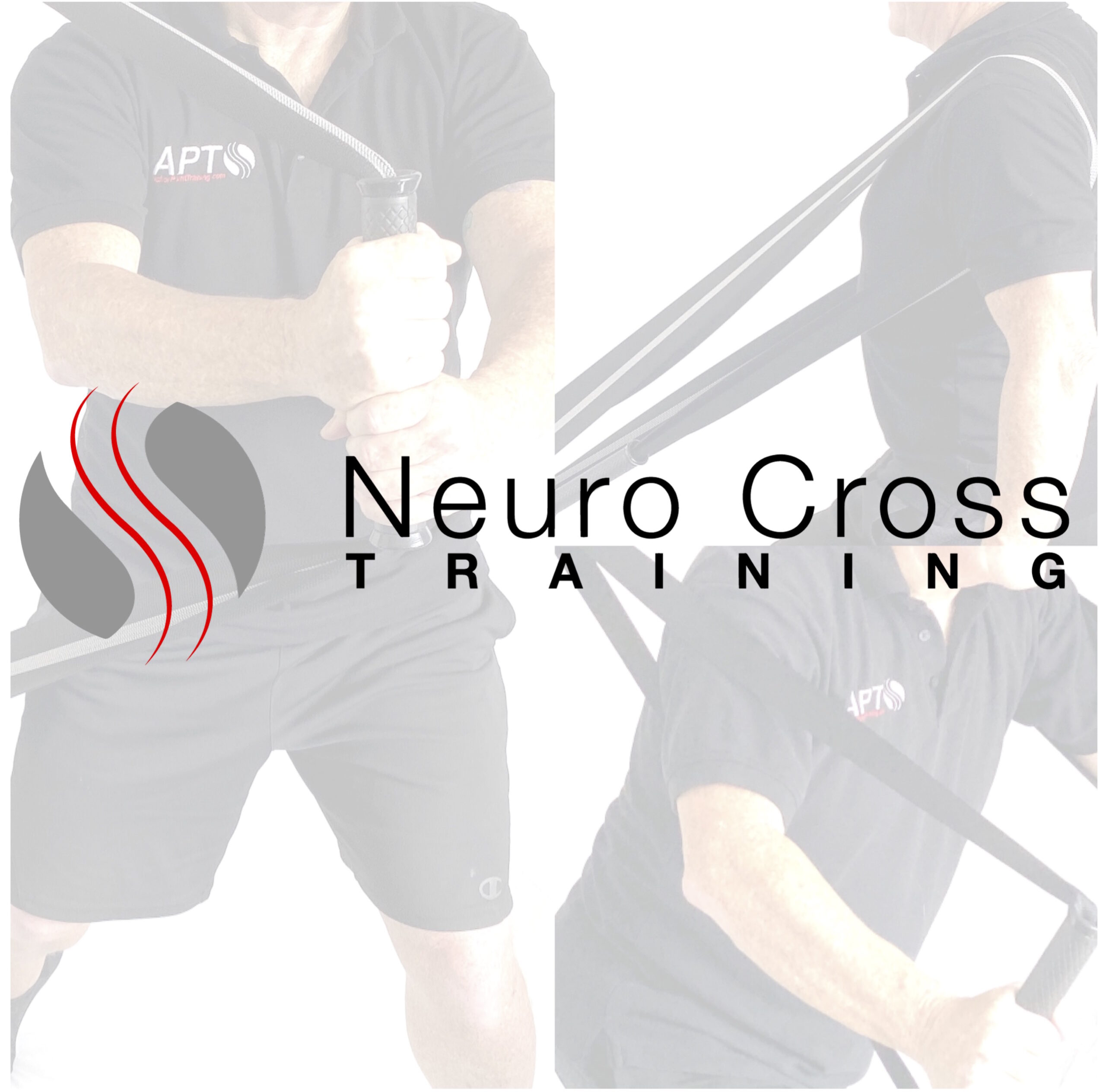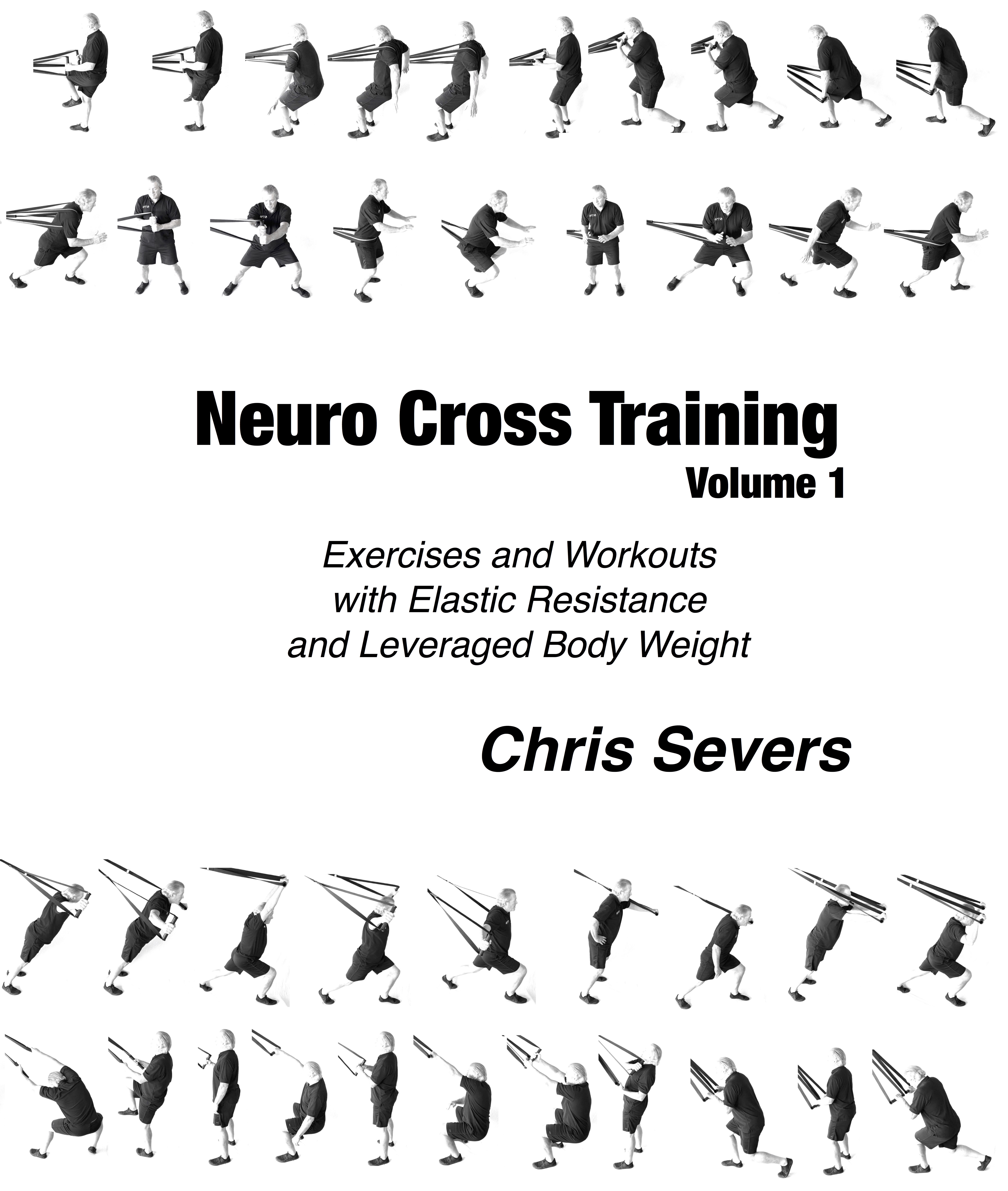Physical Training Affects Mental Health
Anyone who trains for health and longevity wants the mental health benefits of physical training.
All physical training will provide some benefits for the Central Nervous System (CNS), BUT with few exceptions, fitness programs are not designed to serve Central Nervous System (CNS) benefits.
A growing body of neuroscience has made clear the undeniable benefits of fitness training for mind and mood. The emerging science suggests that following some basic principles of physical training can check the boxes necessary for physical fitness programs to support and improve CNS health.
Here are three principles to help your physical training benefit your mind and mood.
#1 – Progression of Integrated Movement with Resistance
Movement variety amplifies physical and mental adaptation. Integrated full-body resisted movement patterns should be progressed unilaterally, bilaterally, contralaterally, and ipsilaterally.
The systemized progression of patterns should include static upper and lower body combinations, isometric, isotonic and plyometric contractions.
Different types and vectors of resistance should be employed to train movements through as many ranges of motion as practical.
Integrated movement can then be progressed to thinking movement/ choreography/flow and reaction training.
#2 – Training with Resistance on Your Feet
Training ground forces matters for performance and fall prevention. Training with resistance from the ground up is part of integrated full-body training.
The vast majority of your body’s proprioceptors are on the soles of your feet. Every rep done standing will require more neural engagement than a similar range of motion trained seated or lying down.
Learning a vocabulary of exercises done standing offers a readily accessible and progressable variety of patterns that will consistently create coordinative demands.
Training standing is, from the get-go, a broader vocabulary of accessible, progressable movements, as such, it needs to be mastered as a key element of best practice.
#3 – Metabolic Variety
The systemic CNS benefits of exercise are well-established and varied. Different work rates in the appropriate dosages should be employed.
High-intensity and steady-state cardio increase cerebral blood flow, proven to improve memory, executive function, and cognitive reserve.
There are specific molecular responses to strength work, as well as cardio and steady-state work that improve the brain’s chemistry.
Working too much in any metabolic zone has downsides, like overtraining anything…it’s all good ’till it’s bad.



